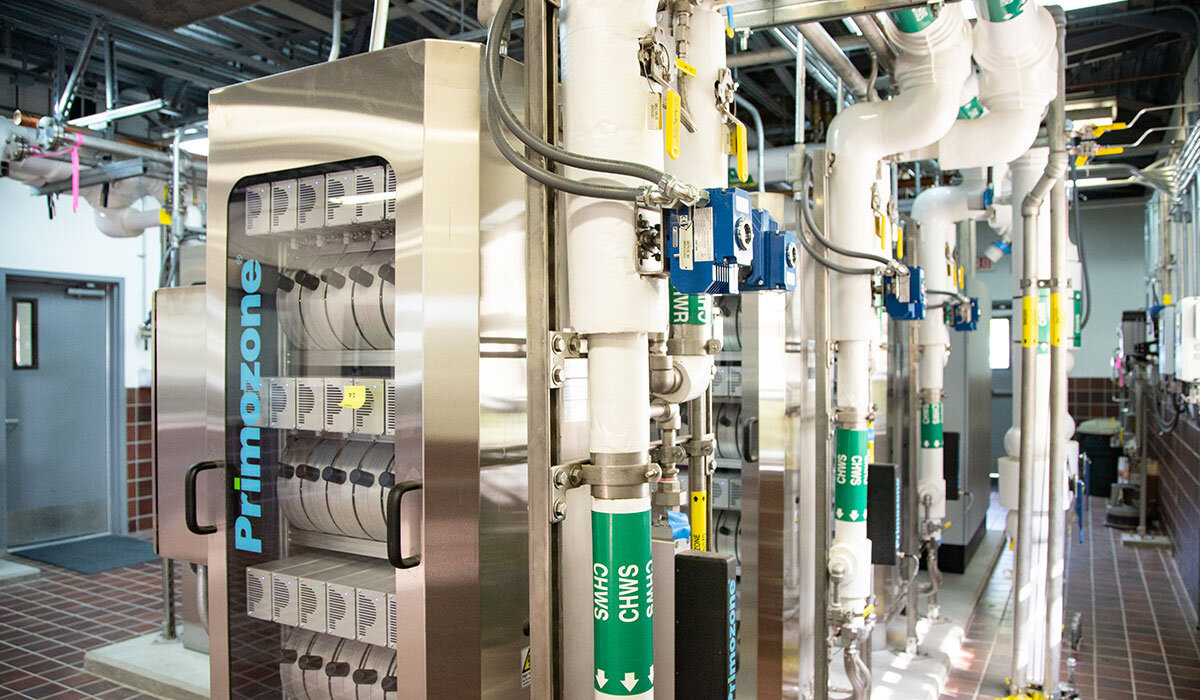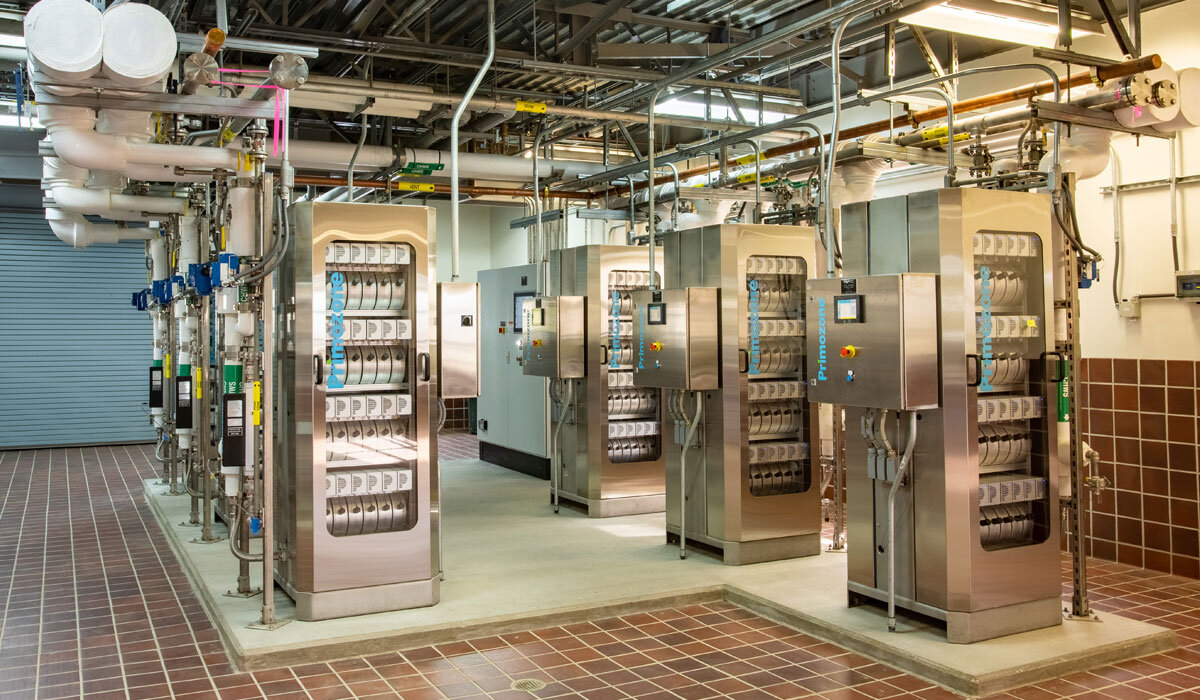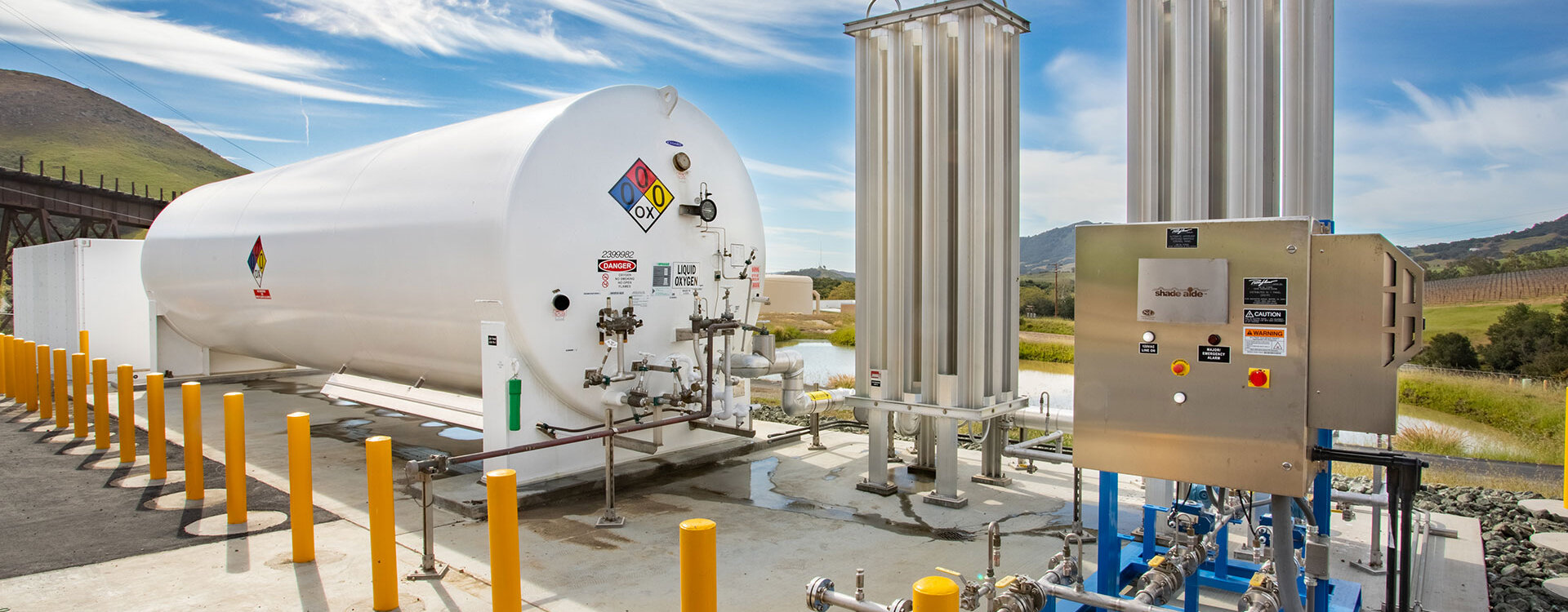Overview
Located approximately halfway between Los Angeles and San Francisco, San Luis Obispo (often referred to locally as SLO) was founded in 1772 and is one of California's oldest communities. Today, it is a vibrant small city and is home to California Polytechnic State University.
The City's water treatment plant provides clean drinking water to over 50,000 citizens, businesses, and California Polytechnic State University. Faced with rising utility costs, failing critical infrastructure, and a significant deferred maintenance backlog, the City needed an innovative approach to address these challenges.
Our Approach
The City partnered with Pacific Gas & Electric (PG&E) and Southland Industries to implement an $11.5 million design-build energy retrofit project using PG&E's Sustainable Solutions Turnkey (SST) program. This approach enabled the City to be an active participant during the project's design phase, ensuring their input was included in the final design. Additionally, by using a collaborative design-build approach to implement the project, Southland was able to cut the City's normal project delivery time in half, which decreased project design and procurement costs, lowered the impacts on City staff, and reduced the risks of critical infrastructure failure.
By using a collaborative design-build approach, Southland was able to cut the City's normal project delivery time in half.
The project included replacing aging electrical and piping infrastructure, installating a new high efficiency ozone water treatment system, upgrading the plant's SCADA system, and retrofitting indoor and outdoor lighting. As the general contractor, Southland provided design engineering, construction management, commissioning, and incentive and grant procurement services.




Result
These upgrades improved the plant's reliability and resilience and reduced energy and operating costs by over $600,000 annually. The project also addressed critical deferred maintenance backlog and had a significant impact on helping the City achieve its sustainability goals.
